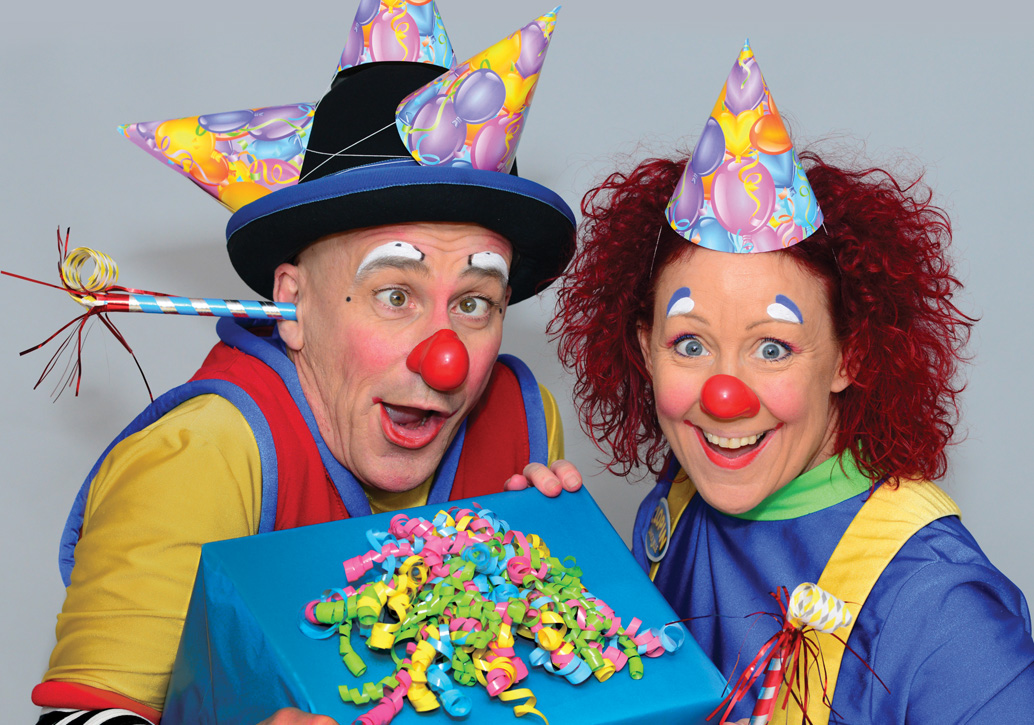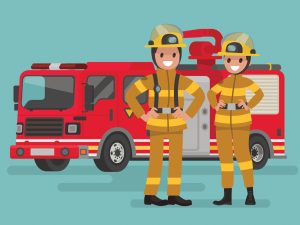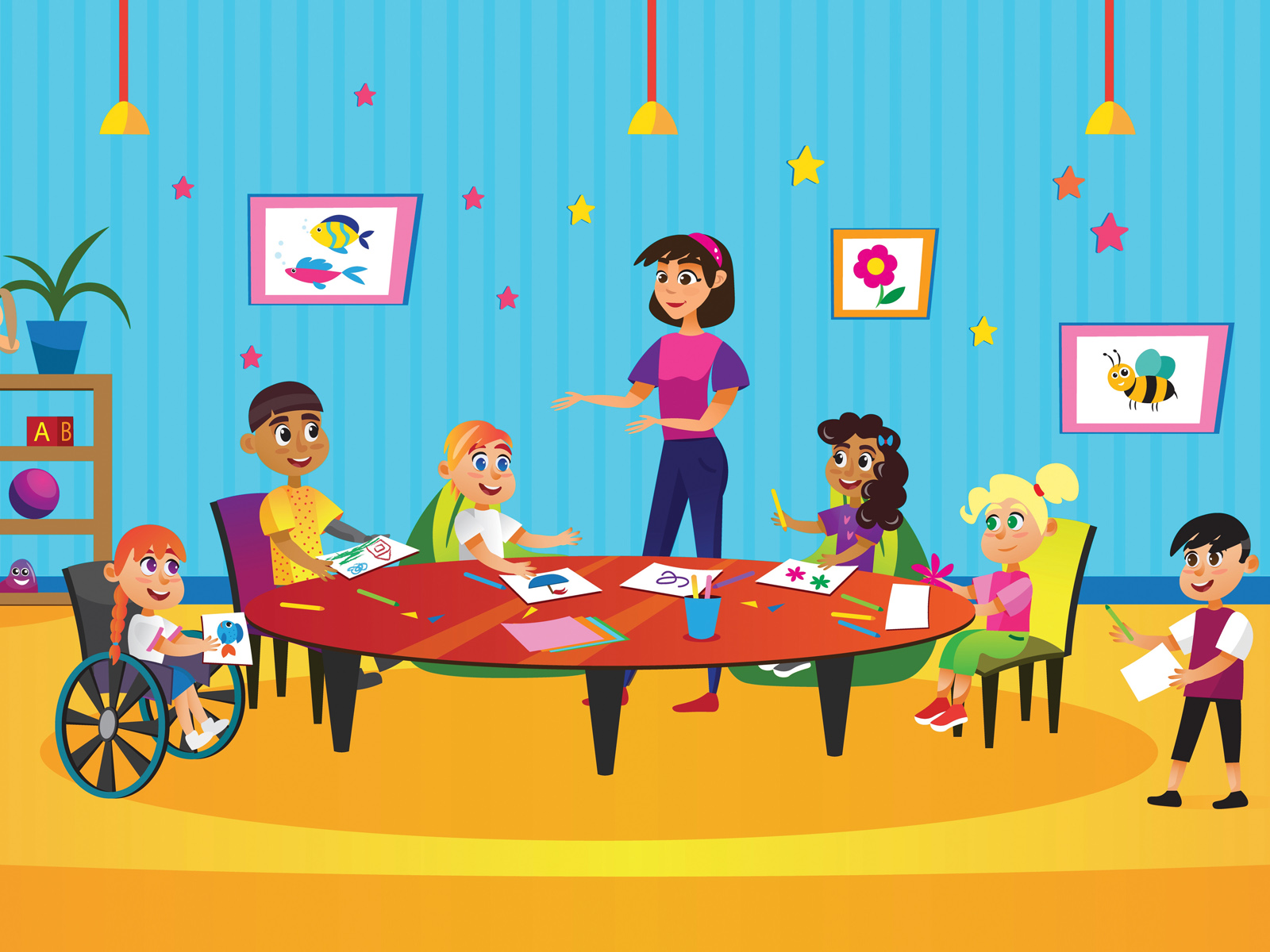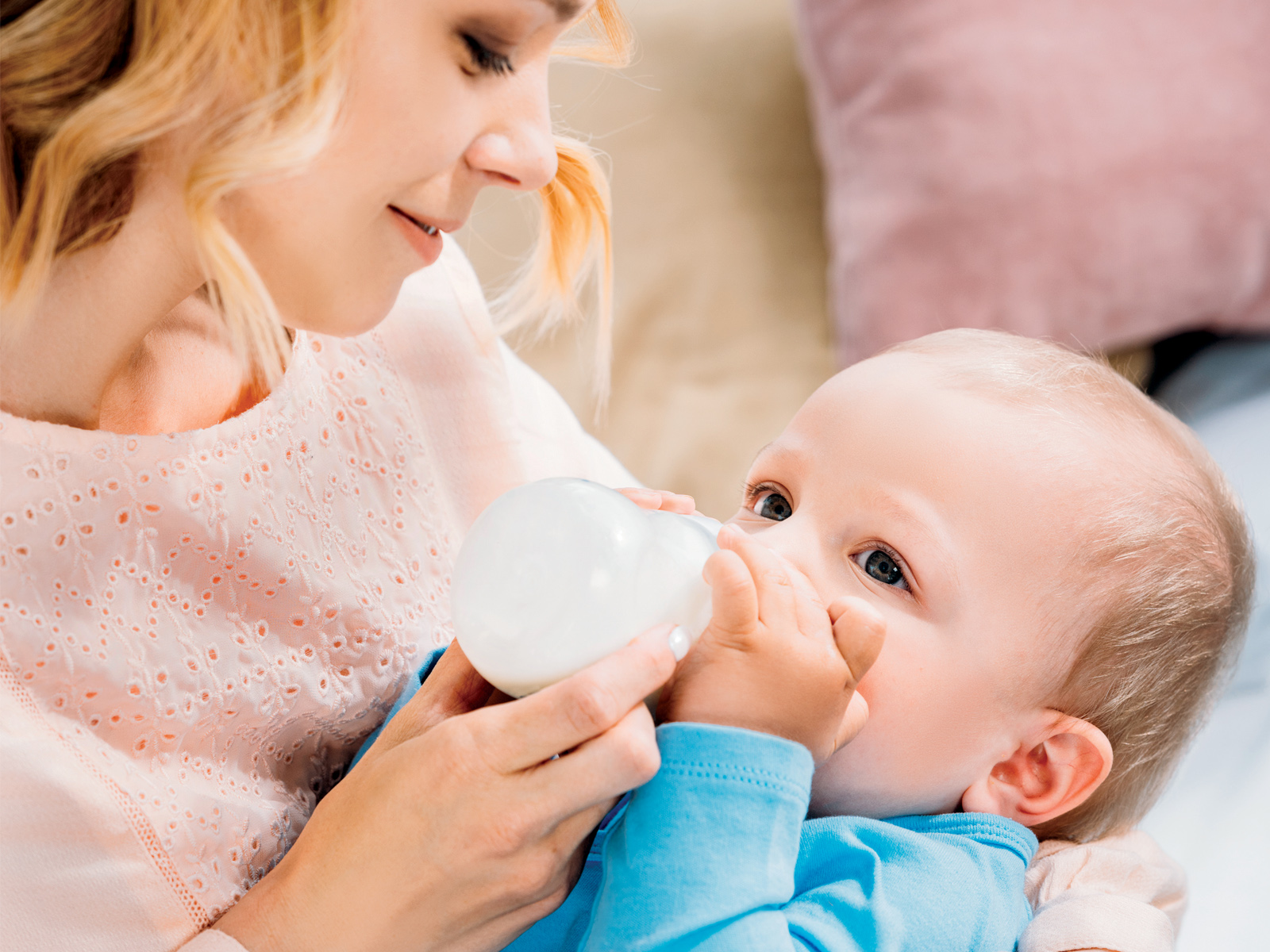INTERVIEW
For over twenty years, Lise-Nathalie LePage (aka ‘Clopin Lanouille’) has shared the healing power of humour with people of all ages. She answers our questions about therapeutic clowning.
Q ) What is therapeutic clowning?
It’s a technique that clowns use to make people feel better. Any person—young, old or facing physical or mental health challenges—can benefit. The goal is simple, but the side effects of a visit are powerful and long lasting. We’re able to transport people to another place—away from worries, pain and stress with a simple chat, touch, song, joke, or use of funny props.
Q ) Why are you a therapeutic clown?
I like the fact that I can see the immediate benefits of my actions— that makes this a really rewarding role. I want to bring joy and unforgettable moments to everyone I visit. I’ve also seen my work inspire others to do the same. I like connecting with people and making them laugh.
Q ) How did you get started?
Ten years ago, my dad was living in a long-term care residence. I had a strong bond with him so it was natural for me to look after him every day. I had already been a clown for many years, so sometimes I showed up after work still dressed in my costume—and I soon realized that my visits were a real event for the other residents, too. Since then, I have visited people of all ages in hospitals and care centres, and become involved with La Fondation Canadienne Rêves d’enfants (the Children’s Wish Foundation of Canada).
Q ) Could you describe your therapeutic clown character?
Clopin Lanouille is naive and always ready to help … but gets into trouble more often than not!
Q ) What’s a typical day for you as a therapeutic clown?
I work full-time with my husband, Sean, an Australian clown who I met on a job in China nine years ago. We’re usually in hospitals, paediatric and palliative care centres, and retirement homes. And we also volunteer. We are 100 per cent there for them, whatever they may be facing: illness, mourning, or end-of-life worries.
Q ) What’s the best part of your job?
I love connecting with a person who wouldn’t normally react warmly to social interactions. For me, those moments are like a Stanley Cup victory! I remember a visit with an older gentleman who never left his room. During my visit, we had a good laugh together and he followed me down the hall. The employees were astounded. I have hundreds of stories like that with children.
Q ) How do children react to you clowning around?
Children are always really happy to see me so I take my time with them and give them all my attention and love. Some have different reactions, and I adjust and respect their rhythm. It’s the same thing when I visit adults—it’s the present moment that counts. The craziness or an emotional moment that we share together is what’s most important for me.














